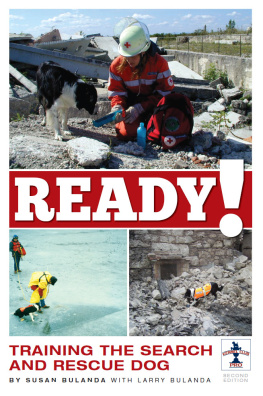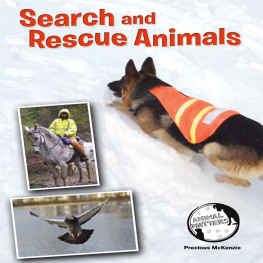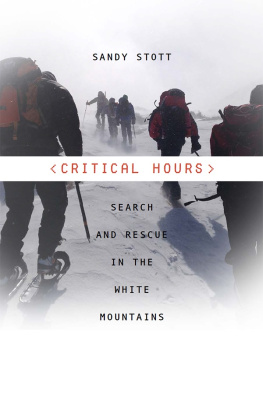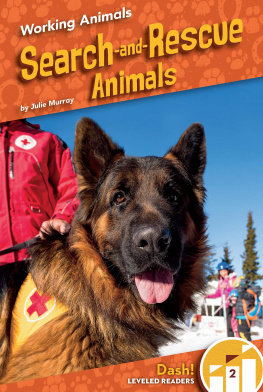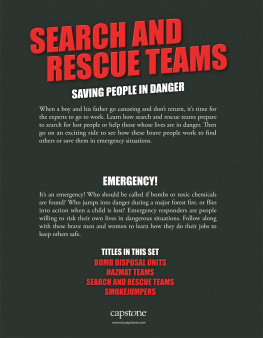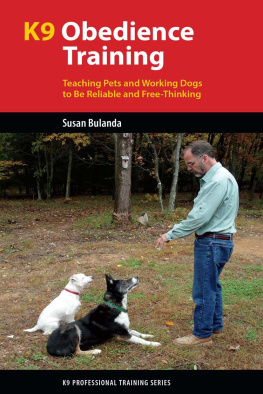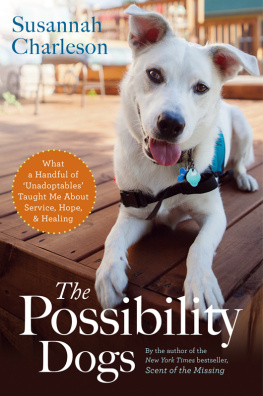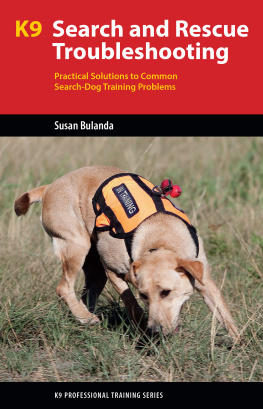Vice President, Chief Content Officer: June Kikuchi
Vice President, Kennel Club Books: Andrew DePrisco
Production Supervisor: Jessica Jaensch
Assistant Production Manager: Tracy Vogtman
I-5 Press: Jennifer Calvert, Amy Deputato,
Lindsay Hanks, Karen Julian, Jarelle S. Stein
Melody England, Indexer
Photographs by Steve Allen, Mike Bhm, Larry Bulanda, Susan Bulanda, Stacie Burkhardt, Terry Crooks, Beverly Fitzgerald, Elane Flower, Tracie Griego, Kevin Hoffman, Glen Holcombe, Judy Huggett, Michael Kielau, Uta Kielau, Marcia Koenig, Chris Ladoulis, Kim McKillip, Tom Orlando, Sue Purvis, Dave Rowe, Dave Salisbury, Christine Schler, Vi Hummel-Carr Shaffer, Tammi Slater, John Strickler, and Chris Terpstra.
Illustrations by Nina Bondarenko and Tom Kimball.
Copyright 2010 Susan Bulanda Second edition

An Imprint of I-5 Press
A Division of I-5 Publishing, LLC,
3 Burroughs, Irvine, CA 92618 USA
All rights reserved. No part of this book may be reproduced, stored in a retrieval system, or transmitted in any form or by any means, electronic, mechanical, photocopying, recording, or otherwise, without the prior written permission of I-5 Press, except for the inclusion of brief quotations in an acknowledged review.
Library of Congress Cataloging-in-Publication Data
Bulanda, Susan.
Ready! : the training of the search and rescue dog / by Susan Bulanda with Larry Bulanda. -- 2nd ed.
p. cm.
Includes bibliographical references and index.
ISBN 978-1-59378-726-4
eISBN 978-1-59378-996-1
1. Search dogs--Training. 2. Rescue dogs--Training. I. Bulanda, Larry, 1954- II. Title.
SF428.73.B85 2010
636.70886--dc22
2009034444
Printed and bound in China
14 13 12 11 2 3 4 5 6 7 8 9 10

To my father, whose gentleness, honesty, and love of humanity have been lifelong examples for me; and to my mother, whose love of animals has inspired me for as long as I can remember. Also to my son, Tom, who spent his entire childhood traipsing through the woods and hiding for our SAR unit and then served in Iraq with the Marines.
Equally as important, to all of the rescue people who sacrifice their time and risk their lives to save the lost and injured. So often, the press gives the canine handlers all of the attention, but they could not do their jobs without the rest of the team. These volunteers have the quiet, behind-the-scenes jobs that never make the headlines.
Contents



The revised edition of READY! Training the Search and Rescue Dog has taken as much, if not more, time and effort than did the original version, first published in 1994. I want to thank all of the people who assisted me with this edition by offering photos and information and helping me research new techniques in the field of search and rescue. I especially owe a debt of gratitude to my husband, Larry, who contributed to the writing of this second edition. He has been a SAR dog handler and incident commander for a little longer than I have. He also served on a rescue squad long before I met him.
I want to thank Vi (Hummel-Carr) Shaffer for her contributions, especially to the chapters on land cadavers and disaster dogs. Next, I want to thank Bill Dotson, who was the first person to suggest that I write this book. His faith in me gave me the courage to take on such a task at a time when few books about canine SAR existed. I want to offer a special thanks to Ken and Sharon Boyles for their confidence in me. Their concept of working with contaminated scent articles was a genuine inspiration.
I also want to thank Amy Deputato, my editor at Kennel Club Books, for helping me make this edition of READY! an exceptional book.

Since the first edition of this book was published, new training techniques and new search techniques have been developed, and many more units have come into operation. The use of dogs in search and rescue (SAR) has increased overall, and new jobs have become available both for dogs in general and for SAR dogs. At the same time, the growth of canine SAR units has contributed to a rise in the number of problems associated with canine SAR. In addition, there are more opinions about what constitutes a mission-ready SAR dog and what these dogs can and cannot do. In this new edition of READY!, I intend to clarify some of the questions that have arisen and suggest solutions to problems now being encountered. This book also includes new chapters: one about running a mission and search management, one about backtracking with a dog, and another about the politics of SAR.
Although I never intended for READY! to be the only resource for people who want to become SAR dog handlers and/or start a unit, the book has taken on a life of its own, has been adopted worldwide, and for many people has been the primary source of information on the subject. Therefore, I felt it was necessary to expand on my original topics in a revised edition.
This book offers the basic information about training a dog for search and rescue. When I wrote the first edition, the only similar book on the market was Sandy Brysons Search Dog Training. Since that time, other books have been written that detail specialized aspects of canine SAR work. They are listed at the end of this book.
My husband, Larry, who has conducted specialized studies about canine scenting ability for Johns Hopkins University Applied Physics Laboratory and who has been an incident commander, land search manager, and rescue-squad member, has contributed to every chapter of this book.
We wish to stress that there are many right ways to train a dog. We have taken what we feel are the best of many methodssome that weve used and have worked for us and some that weve not used but have worked for othersand incorporated them into this book. We also want to stress that it takes the effort of an entire unit to teach someone to be an ethical and credible SAR dog handler; without that joint effort and dedication, the missing persons life, as well as the lives of the SAR dog and handler, could be at risk.
As youre getting started, it is essential that you understand what it means to be a SAR dog handler. The consensus among serious, professional SAR dog personnel is that a SAR dog handler is, first and foremost, a rescue person. This may mean that the SAR dog handler is certified in all of the professional training that a qualified rescue person needs to perform his job. These requirements will vary with the type of SAR work that the person will perform. Even if the type of SAR work does not require extensive rescue training, the SAR dog handler maintains the professionalism expected of a member of a rescue team at all times.
The SAR dog handler is not someone who just follows the dog through the woods. He is the other half of a team, and he must be educated in myriad subjects and employ various search strategies to conduct an effective search. It is not Lassie or Rin Tin Tin type of work; it is not a sport or a hobby. The dog is a tool that the rescue person specializes in using.
Next page
